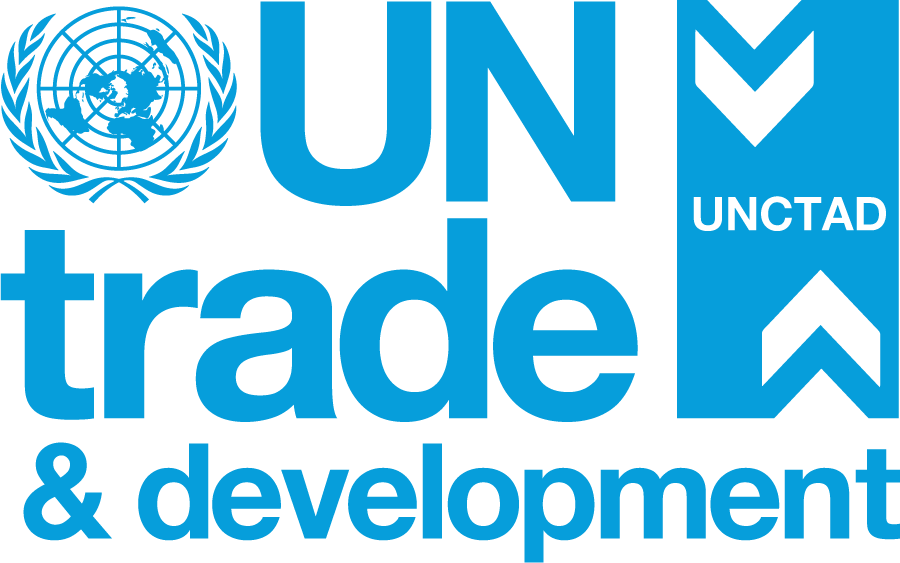Report on UNCTAD assistance to the Palestinian people: Developments in the economy of the Occupied Palestinian Territory
Delivered at the 72nd session of the Trade and Development Board (item 4)
Your Excellencies,
Distinguished Delegates,
Ladies and Gentlemen,
Good morning, and welcome to this session for item 4 on the report on UNCTAD’s assistance to the Palestinian People.
The UN General Assembly mandated UNCTAD to report on the economic costs of the Israeli occupation on the Palestinian people.
This report answers to that mandate.
On this note, I would like to recognize the work of the authors of this report in the Assistance to the Palestinian people unit in UNCTAD, Mutasim Elagraa and Rami Abdulmuti Alazzeh.
I will now highlight three key messages from this report. I will not go too much into detail because the authors will speak to the specifics in their presentation.
First, on the scale of the economic collapse across the Occupied Palestinian Territory.
By end of 2024, GDP had fallen to 70% of its 2022 level, a 27% contraction from 2023. GDP per capital fell to 67% of 2022 levels. This means that GDP per capita in the Palestinian economy has regressed to 2003 levels – 22 years of economic progress has been erased in just 15 months. This is the worst economic decline since UNCTAD began maintaining records in 1972.
In Gaza, the economy shrank to 16.7% of 2023 levels. Its GDP per capita has plummeted to $161 per person per year. The World Bank estimates this among the most severe economic contractions in modern history.
UN satellite analysis shows 70% of structures were damaged by April 2025. And 40% were completely destroyed – an increase from 32% observed in September 2024.
In the West Bank, GDP shrank 17%. Unemployment reached 35% in the West Bank and 80% in Gaza. Furthermore, the ban by Israel on Palestinian workers entering workplaces in Israel eradicated 84% of the incomes earned there compared with 2022.
Agricultural systems have been severely crippled. 86% of cropland is damaged, 83% of water wells destroyed, 71% of greenhouses damaged and only 1.5% of farmland left to be used. 89% of water, sanitation and hygiene assets have been destroyed.
The fishing industry is similarly ravaged, with 72% of its fleet destroyed. The twin collapse of the agricultural and fishing industry has contributed to the severe hunger and famine conditions suffered by thousands of Palestinians this year.
1.4 million people are in desperate need of shelter and thousands of children are deprived of formal schooling for years.
My second point turns to the state of Palestinian fiscal balances.
Under the Paris Protocol, which was due to expire in 1999, Israel collects taxes on all Palestinian imports and transfers the revenue to the Palestinian Government on a monthly basis.
This arrangement leaves over two thirds of Palestinian fiscal revenue under the control of Israel. According to our data, in 2024 Israel withheld 44% of total Palestinian net revenues, suspending the transfers of these resources to the Palestinian government.
The Palestinian government is going through an unprecedented fiscal crisis. The deficit rose to $1.3 billion – a 147% increase – marking 2024 as the worst fiscal year in the history of the Palestinian Government. Civil servants are paid only 60% to 70% of their salaries since October 2023. No full salaries since November 2021 have been paid.
Public debt increased by 11.2% to $4.2 billion, as domestic debt increased to $2.88 billion. The government also accumulated an additional $1.38 billion in arrears, pushing their total stock to $4.25 billion. Healthcare arrears alone – $770 million – threaten the continuity of essential services.
The financial system has also collapsed. In Gaza, 98% of banks ceased operations. Banking sector exposure to government debt reached $4.7 billion – 40% of total credit.
At the same time, Palestinian banks also lack direct access to the global financial system. They must route all international transactions through Israeli correspondent banks. Israel controls Palestinian trade and decides on Palestinian markets. Trade with Israel constitutes 73% of total Palestinian trade.
My third and last point addresses recovery and the path forward.
The UN, EU and World Bank estimate that $70 billion is required for recovery. This is over six times the Palestinian GDP. Our analysis shows that without the blockade, Gaza’s GDP would have been 77.6% higher – $35.8 billion in unrealized potential from 2007 and 2023 alone.
Even with double-digit growth and significant aid, it will take decades for Gaza to return to pre-October 2023 levels if conditions don’t change.
But recovery is only possible if we act now.
The report calls for immediate action – ensure a permanent ceasefire, implement a comprehensive recovery plan, increase international aid, release the withheld clearance revenues and lift the blockade in Gaza.
But before turning to the authors to present the report, allow me to welcome the Security Council Resolution on the Comprehensive Plan to End the Gaza Conflict, and quote the UN Secretary-General:
“The adoption of the resolution on Gaza by the Security Council is an important step in the consolidation of the ceasefire, which all parties are encouraged to abide … The UN is committed to implementing the roles entrusted to it in the resolution, scaling up humanitarian assistance to meet the needs of civilians in Gaza and supporting all efforts to move the parties toward the next phase of the ceasefire. The Secretary-General commends the continued diplomatic efforts of Egypt, Qatar, Türkiye, the United States and regional states. The Secretary-General underlines the importance of moving towards the second phase of the US Plan, leading to a political process for the achievement of the two-State solution, in line with previous United Nations resolutions.”
Excellencies, the ceasefire represents a critical opportunity – not only to end the immediate and unbearable suffering of millions but also to address the economic consequences that our report documents.
With that, I turn to the authors to present the report. Thank you.


